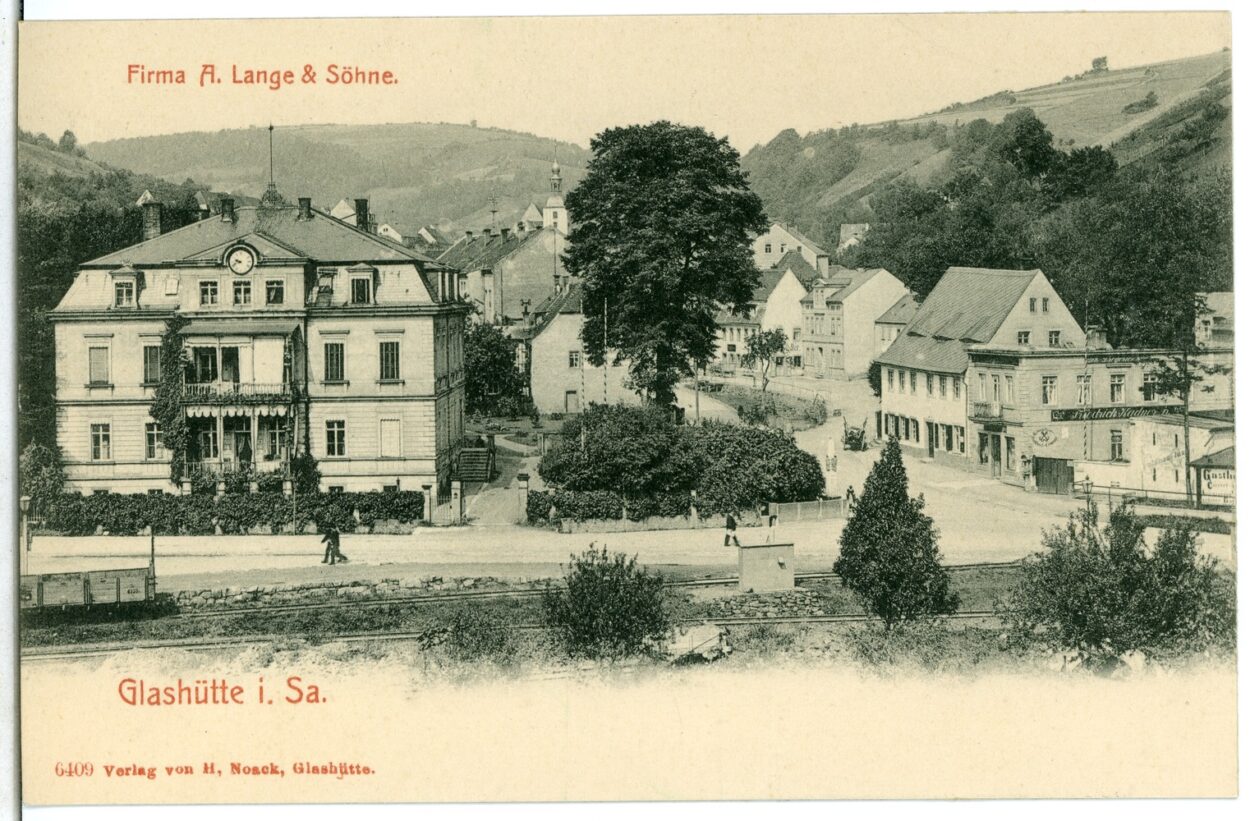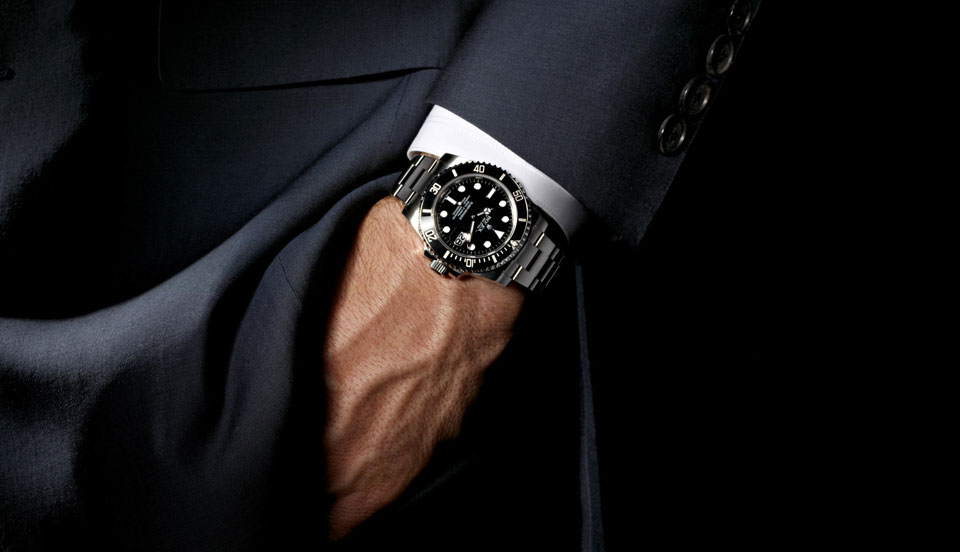The undisputed pinnacle of German watchmaking is A Lange & Söhne, I think few would argue with that statement. Many consider the Lange Datograph to be one of the best watches ever made.
However, the watch that helped revive the brand is, without a shadow of a doubt, the Lange 1. The bold and asymmetric design has become synonymous with the Saxonian brand and now earns its place as one of the most revered timepieces on the market. But how did this come to be?
A. Lange & Söhne: A brief history
Let’s roll back the clocks a bit, maybe as far back as the brand’s inception. I think it’s worth starting right at the beginning.
Ferdinand Adolf Lange, the founder, mastered his craft in Europe; he learnt from the very best in France and returned to Germany armed with knowledge on how to make watches (and more importantly how not to make watches). Lange’s philosophy has always been routed in the quest for perfection.
They aim to make the most refined timepieces, with traditional techniques, but in forward-thinking ways.
The Second World War proved to be the end for Lange, or so they thought. When Walter Lange restored the brand’s name in 1990, he had the ambition of putting the name A. Lange & Söhne at the forefront of German horology, and in doing so putting German horology back on the map.
Why is this relevant? Well, the Lange 1 really defines this success and it signifies a time when Lange wanted to revolutionise the industry with their bold designs and incredible attention to detail.
And the crucial part here is the fact the Lange remained true to their history. In fact, the Lange 1’s date window was inspired by a clock designed for the Semper Opera House in 1841 by Adolf Lange’s mentor, Johann Christian Friedrich Gutkaes.
Lange, therefore, drew inspiration from their past but in doing so produced a ground-breaking design that would change the industry forever.
The first Lange 1
The initial model was 38.5mm wide in diameter and 10mm thick, it was far from small but was a perfectly proportioned watch.
Lange released this watch in precious metals, with gold hands and hour markers, and with a beautifully elegant champagne dial. The design aspect of this watch, although revolutionary, wasn’t the pièce de résistance.
The pièce de résistance was actually the mechanics of this watch. Lange, heralding back to their pocket-watch days, implemented a three-quarter plate. This new L901.0 movement was a descendant of the pocket watches they produced around the turn of the century, in the early 1900s.
Lange was proving, in every facet, that they were, at their core, a family business steeped in history, but one which was able to innovate and change the way modern horology functioned.
After a year of production, in 1995, Lange began to offer this model with a sapphire crystal case back, proudly showing off the intricacies of the movement.
Indeed, in 1997, solid case-backs were no more, showing just how important the movements were for the brand. The movements, thanks to this watch, quickly became A. Lange & Söhne’s defining feature.
How did A. Lange & Söhne take the Lange 1 to the horological elite?
It is believed that in 1998, Lange produced, in a very small quantity, some stainless-steel models of the Lange 1. But for the entirety of its production, the Lange 1 has been a precious metal-cased piece.
Many dial variants have been seen throughout the years, some have sported moonphase complications, a second-time zone and even at one point a tourbillon (and perpetual calendar).
Despite making these seemingly significant changes to the design and functionality of this watch, the Lange 1 has never been defaced.
Quite honestly, it is a credit to the brand. They’re able to innovate without damaging their heritage in any way. Their design language remains true to their very first model.
The Present and the Future.
One of the best releases came in 2010, with the Lange 1 Daymatic. We saw the power reserve indicator replacing the day-of-week display and this watch, although largely the same, proved to be an incredibly tasteful move for the brand.
But arguably the release that topped all, came from 2015 at SIHH (Salon International de la Haute Horologie). Lange revealed a new movement, the L121.1. The movement was largely the same, except for a few refinements, and once again this proves that Lange only had to make minor changes to perfect this line.
In other parts of the industry, brands will overhaul movements and even designs, whereas the Lange 1 required minute changes.
In Conclusion
The Lange 1 has remained largely the same throughout the years of production. A. Lange & Söhne has made incremental upgrades or modifications in the quest for perfection.
The fact that Lange hasn’t made huge changes proves a testament to the piece they had created. It has endured and remains as popular as ever. It really is a case of, don’t fix something that isn’t broken.
No watch defines German horology better than the Lange 1. Yes, some may argue that the Datograph is the symbol of Lange. But without the rebirth in 1990 and the release of the Lange 1 in 1994, it’s safe to say that German horology wouldn’t be as highly reputed as it currently is.
The Lange 1 is a special, special watch and if you ever have the honour of holding or wearing one, you’ll understand why they are just so special. For many, this range is a grail and for good reason. The Lange 1 is one of the most enduring and iconic watches and one which will be the most important watch for A. Lange & Söhne for many years to come.
(Featured Image Reference: DD-Neumarkt-Lange&Söhne-2” by SchiDD is licensed under CC BY-SA 4.0.)




